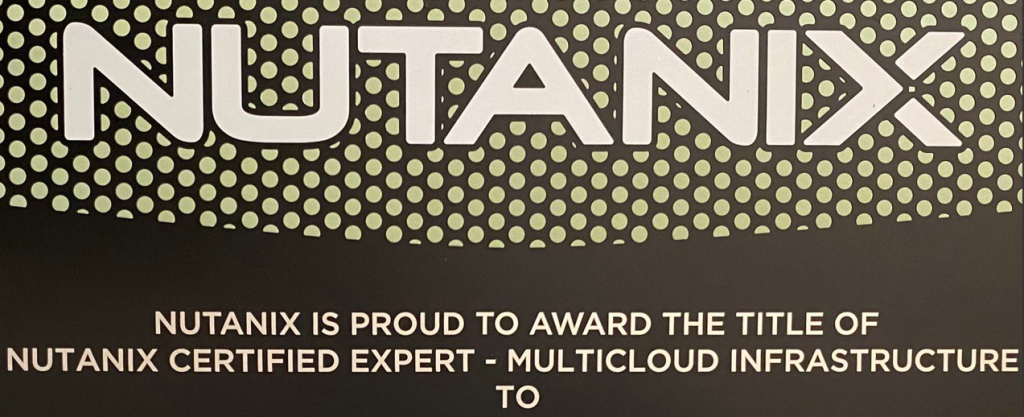Nutanix Community Edition 2.0 is compatible with the commercial version of Prism Central (PC), and we can use the 1-click Internet Method to deploy the PC, which significantly simplifies the deployment procedure.
For those who don’t know, Prism Central provides the ability to manage multiple Nutanix clusters from a single pane of glass, as well as additional features for managing, monitoring, reporting, and access control that are not available from the Prism Element interface. Also, Prism Central is required for deploying services like Nutanix Kubernetes Engine, Objects, Flow, and so on.
The purpose of this article is to provide a walkthrough on using 1-Click PC deployment.
Continue reading “Deploying Prism Central on Nutanix Community Edition 2.0 using the 1-Click Internet Method” ![]()

